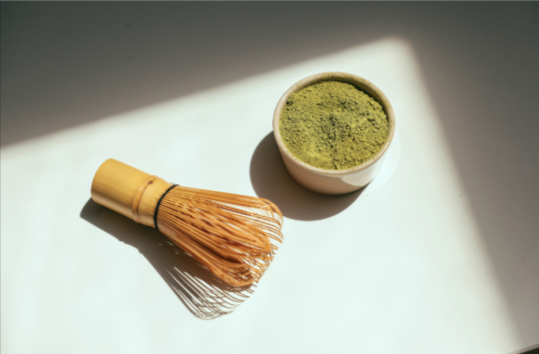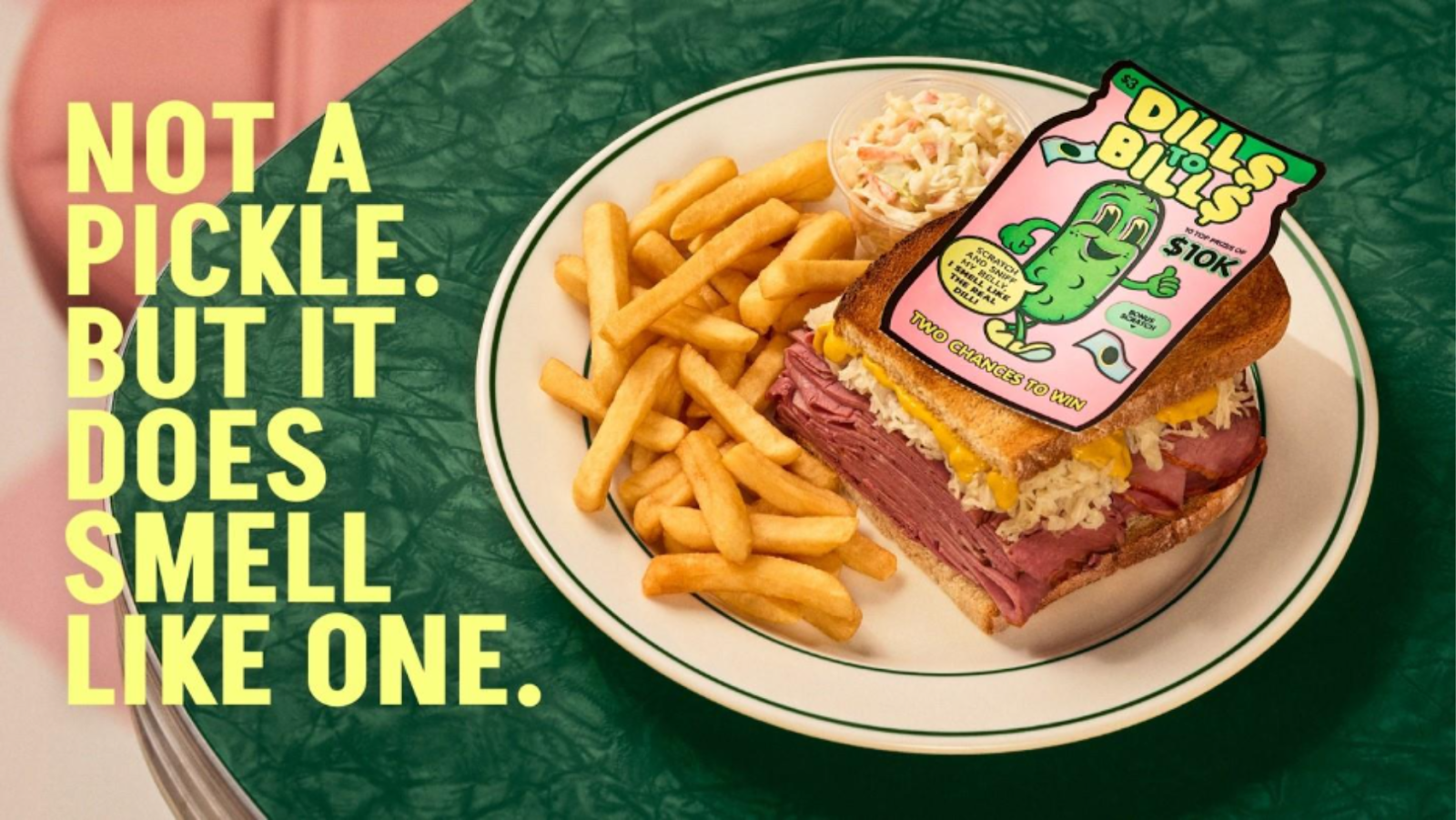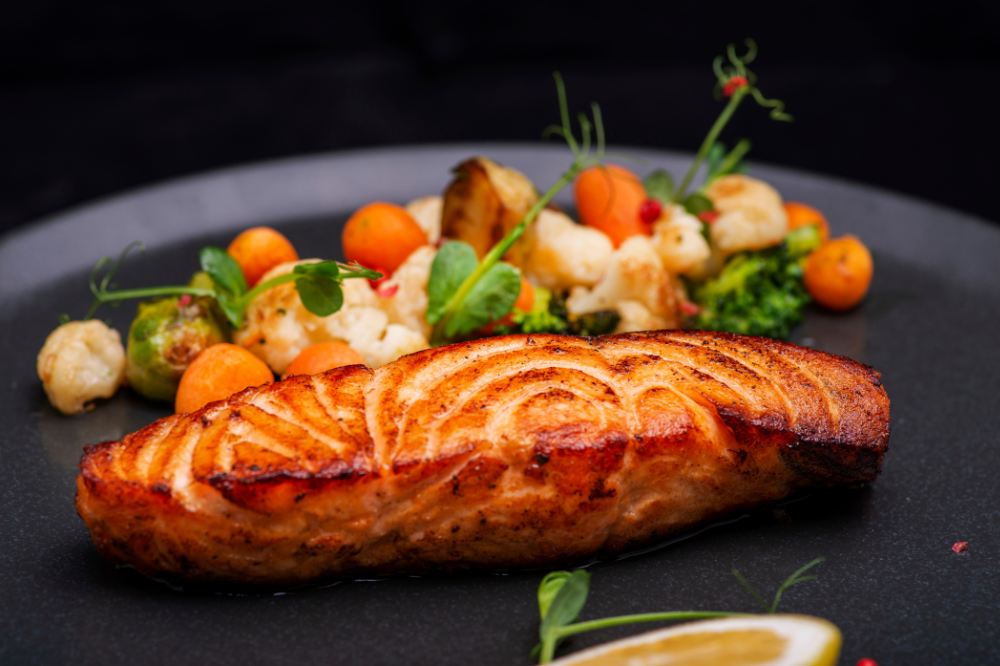Over the last decade, matcha has surged in popularity around the world. What was once a niche powdered green tea used exclusively in traditional Japanese tea ceremonies is now a staple in cafés, health food stores, and even skincare routines globally. Despite this, many people still categorize matcha as a fleeting health trend or a fashionable ingredient to show off on social media. But the question worth asking is: Is it time for matcha to shed its “trend” label and be honoured as a timeless classic?
This blog delves into matcha’s deep cultural heritage, its impressive health benefits, and the growing consumer appreciation that support its elevation from trend to classic. We’ll also link this discussion to broader cultural and environmental factors shaping Canadian consumer habits today, including insights from recent stories on Ontario’s severe storm and tornado warnings and the heartfelt Anne Burrell Food Network tribute.
The Rich History and Cultural Significance of Matcha
Matcha’s origins stretch back over a thousand years, tracing through ancient China to Japan where it was elevated to a ceremonial art form. In Japan, the traditional tea ceremony — known as chanoyu — revolves around matcha as more than just a beverage. It is a spiritual ritual embodying harmony, respect, purity, and tranquility. The preparation and consumption of matcha are deeply intentional, with every whisk and sip celebrated as an act of mindfulness.
This cultural depth distinguishes matcha from many modern “superfoods” or health trends that lack historical grounding. It is a centuries-old symbol of Japanese heritage and Zen philosophy. This heritage alone gives matcha a strong foundation to be appreciated as a classic, rather than just a novelty.
Health Benefits Rooted in Tradition and Science
The global surge in matcha’s popularity is often credited to its numerous health benefits, supported by both traditional knowledge and modern research. Unlike many trendy supplements with unproven claims, matcha offers a scientifically validated profile of benefits:
- High in Antioxidants: Matcha contains catechins, particularly EGCG, which have been shown to help protect cells, reduce inflammation, and support heart health.
- Balanced Caffeine Boost: Matcha provides caffeine alongside L-theanine, an amino acid promoting calm focus, making it ideal for alertness without jitters.
- Metabolism and Fat Burning: Studies suggest matcha can slightly increase metabolism and enhance fat oxidation, supporting weight management efforts.
- Detoxification: Chlorophyll-rich matcha helps the body eliminate toxins and supports healthy skin.
These benefits go beyond passing health fads. They have been known for centuries in Japanese tradition and are now backed by modern science. This combination of ancient wisdom and contemporary evidence supports matcha’s status as a wellness classic.
The Consumer Shift: From Trend to Classic
What transforms a product from a fleeting trend into a classic? Usually, classics possess a combination of cultural resonance, quality, longevity, and consistent consumer demand.
Matcha meets these criteria:
- Cultural Resonance: As a deeply symbolic part of Japanese culture, matcha connects people to tradition and ritual.
- Variety and Quality: From ceremonial-grade matcha to culinary-grade powders for cooking and baking, it caters to a broad range of tastes and uses.
- Steady Consumer Growth: Rather than peaking quickly and disappearing, matcha’s demand has grown consistently, with expanding availability from specialty shops to mainstream supermarkets.
Interestingly, despite external challenges such as weather disruptions forecasted in Ontario — detailed in our severe storm and tornado warning June forecast — the matcha market has shown remarkable resilience. This indicates that consumers are not abandoning it like many other short-lived trends but incorporating it as a lasting part of their routines.
Matcha and Changing Cultural & Consumer Trends
Matcha’s rise parallels broader shifts in consumer values, especially in Canada and similar markets. People increasingly seek authenticity, wellness, and connection to culture in their food and drink choices. This trend is exemplified by tributes to culinary figures like Anne Burrell, whose impact on food culture is celebrated in our Anne Burrell Food Network tribute. Such stories highlight how food and drink are deeply woven into identity and cultural expression.
Consumers want more than quick fixes—they want meaningful experiences that honor tradition, promote health, and align with their values. Matcha fits perfectly into this evolving landscape. Its ritualistic preparation, health benefits, and rich heritage resonate with those seeking mindful, holistic wellness.
How to Honour Matcha as a Classic
To help matcha transcend its trend status and be honoured as a true classic, several actions can be encouraged across producers, retailers, and consumers:
- Consumer Education: Promote understanding of matcha’s history, grades, and proper preparation to deepen appreciation beyond surface-level trends.
- Focus on Quality: Encourage the consumption of high-quality ceremonial-grade matcha rather than just powdered blends marketed for convenience.
- Sustainability: Support sustainable, ethical farming practices that protect matcha’s environmental and cultural legacy.
- Respect for Culture: Emphasize authentic experiences that honor matcha’s Japanese roots rather than appropriating or diluting its significance.
By fostering these approaches, matcha can be embraced not only for its flavor or health benefits but also as a cultural artifact with timeless appeal.
Conclusion: The Making of a Classic
Matcha’s journey from an ancient tea ceremony ingredient to a global phenomenon shows it is far more than a fleeting health fad. Its deep cultural roots, proven health benefits, and growing, stable consumer base indicate that it’s ready to be honoured as a timeless classic.
In a world saturated with short-lived trends and fads, matcha offers a meaningful connection to heritage, wellness, and mindfulness that can stand the test of time.
As Canadians navigate changing cultural landscapes and environmental challenges — reflected in stories about Ontario’s storm forecast and tributes to culinary icons like Anne Burrell (Food Network tribute) — they are increasingly turning to products like matcha that embody authenticity and longevity.
So yes, it’s time to stop seeing matcha as just a trendy ingredient. Instead, let’s honour it as the classic it truly is.











